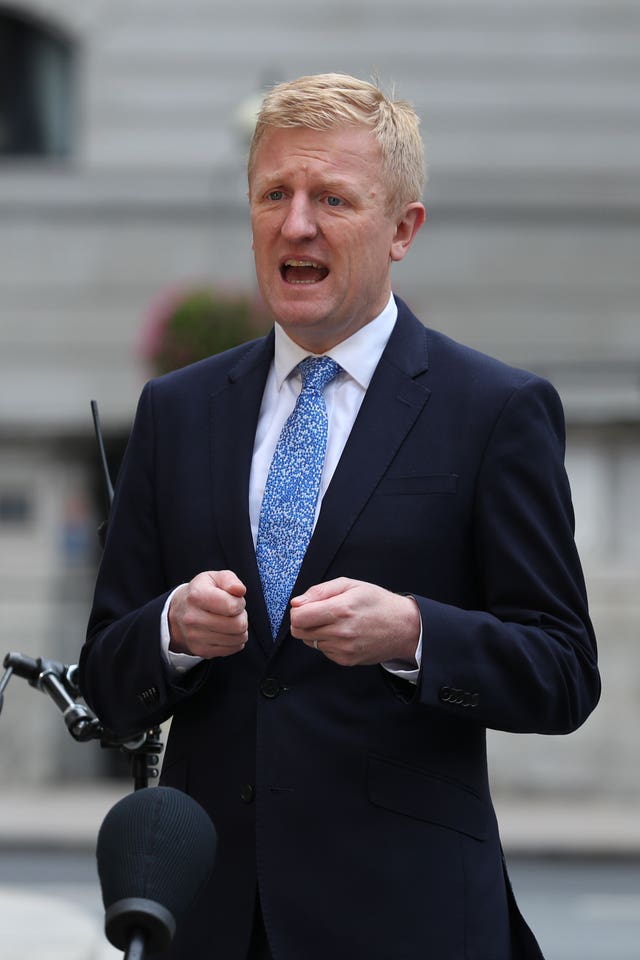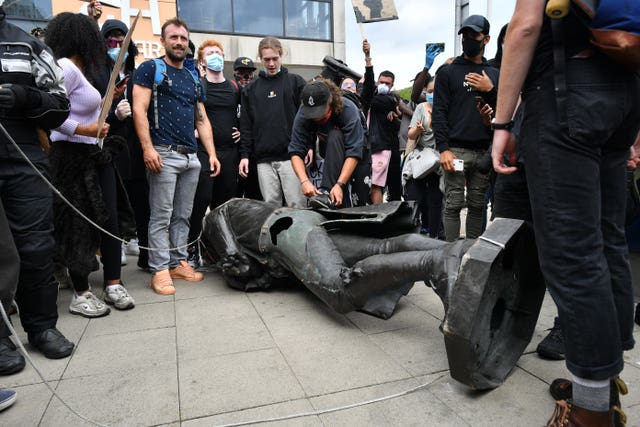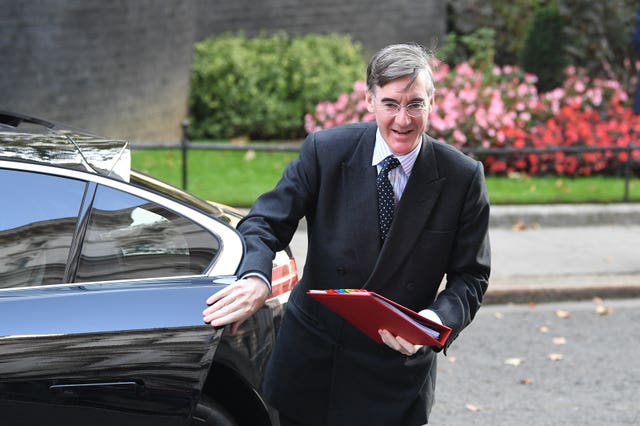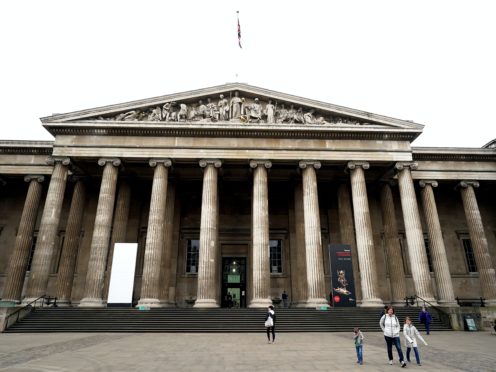The British Museum says that it has “no intention of removing controversial objects from display” – after it received a warning letter from the Government over the issue.
In a leaked letter, Culture Secretary Oliver Dowden said that Government-funded museums and galleries risk losing taxpayer support if they remove artefacts.
The missive, sent to several institutions, said: “As publicly funded bodies, you should not be taking actions motivated by activism or politics.
“The significant support that you receive from the taxpayer is an acknowledgement of the important cultural role you play for the entire country.”

The letter, leaked to The Sunday Telegraph, said: “It is imperative that you continue to act impartially, in line with your publicly funded status, and not in a way that brings this into question.
“This is especially important as we enter a challenging Comprehensive Spending Review, in which all government spending will rightly be scrutinised.”
Recipients included the British Museum, Tate galleries, Imperial War museums, National Portrait Gallery, National Museums Liverpool, the Royal Armouries, the Science Museum, the Victoria and Albert Museum, and the British Library.
The letter stated that “rather than erasing these objects, we should seek to contextualise or reinterpret them in a way that enables the public to learn about them in their entirety, however challenging this may be”.

The British Museum said in a statement: “The British Museum has no intention of removing controversial objects from public display.
“Instead, it will seek where appropriate to contextualise or reinterpret them in a way that enables the public to learn about them in their entirety.”
It recently redisplayed its bust of Hans Sloane, its slave-owning founding father.
It was juxtaposed with objects to reflect the fact that Sloane’s collection was created in the context of the British Empire and the slave economy.
The Museum said it “continues to acknowledge Sloane’s radical vision of universal free public access to a national museum collection and the public benefit that is generated through the British Museum”.

The letter comes after well-known music venue, named after 17th century slave trader Edward Colston, was recently renamed Bristol Beacon.
On Thursday, Commons Leader Jacob Rees-Mogg criticised the National Trust for not realising “how wonderful” Winston Churchill was.
The National Trust had revealed how 93 of the properties it looks after, including Winston Churchill’s home Chartwell, have links to historic slavery and colonialism.
Boris Johnson has expressed his dismay at the growing focus on removing statues in the wake of the toppling of the memorial to slave trader Edward Colston in Bristol.
